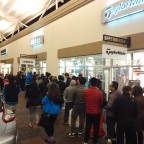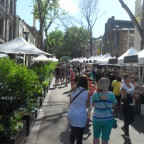Although we have immense experience (5 nights) in catching the Aurora in Yellowknife, we were fortunate enough to be educated by our host, Sean. During our stay at Sean’s Guesthouse in Yellowknife Canada, we learnt quite alot about the Aurora and here are some things that you may be interested to know for your next Aurora / Northern Lights chasing trip!
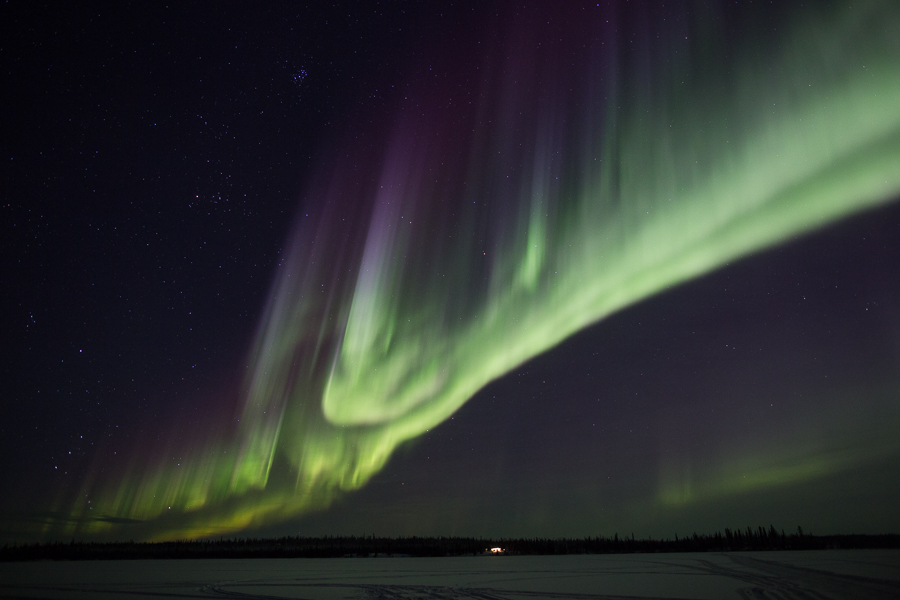
1. How does the Aurora (Northern Lights) take place?
The Aurora is caused by interactions of the charged particles (mainly electrons and protons) from the solar wind with the atmosphere. This results in a natural light display that we see in the sky that we know as the Aurora or Northern Lights.
2. Where would be the best place to catch the Aurora?
Locations at higher altitudes are usually the best places to catch the Aurora. This is due to the geographic location that is closer to the magnetic poles. This is where it is important to differentiate that if you are geographically north, it does not mean that you’re more magnetically north. This also means that eventhough Alaska is more geographically north than Yellowknife, Yellowknife is actually more magnetically north and experiences over 240 days of the Aurora (Northern Lights) each year.
3. When would be best time to catch the Northern Lights?
There is actually no real “best time” to catch the Northern Lights since places like Yellowknife offers 240 days of Aurora opportunities each year. Nonetheless, you should avoid the summer months because of the lack of periods of darkness (which is essential to see the Aurora). Not much opportunity to see the Northern Lights during days with the Midnight Sun right?
Having said all that, you really cannot predict when would be a great time to see the Aurora. This is because it all depends on the solar activity (aka solar wind mentioned above. Sometimes referred to as “plasma”) that takes 2 to 5 days to reach earth’s atmosphere. In other words, what you see today, actually took place 2 to 5 days ago at the sun.
4. When do you see green or purple colours of the Aurora?
Typically, the interactions of the charged particles of the solar wind with earth’s atmosphere, results in the display of green “dancing lights”. However, with the protons and electrons interacting with nitrogen, shades of purple or blue takes place.
However, likelihood of different shades increases when there is an occurrence of Coronal Mass Ejections, also known as CME. CMEs are huge explosions of magnetic field and plasma that originate from the sun. When you have an occurrence of CME, you’ll likely have a great display of the Aurora.
Remember the part where we mentioned that it takes about 2 to 5 days for the solar wind to reach earth? This also means that if a CME is detected, you can start your plans to travel to Yellowknife or Alaska and reach a couple of days later to catch the awesome displays!
5. Any other things to note?
You may have the longest winters and most powerful CMEs. However, you will still not be able to see the lights if there are huge chunks of clouds in the way. That was what happened to us during one of our nights out chasing. Fortunately, if you follow a guide who is experienced in analyzing the movement of clouds, you will have higher chances at catching the Northern Lights! In that regard, we strongly recommend Sean’s Guesthouse in Yellowknife Canada. Sean would analyze information from several websites and correlate it with apps and information from friends around the globe to determine the location (and thus the probability) to catch the Aurora.
Have a fun time chasing the Auroras (Northern Lights) everyone!
Related Posts
What you should know about the Aurora (aka Northern Lights)
Sean’s Guesthouse Yellowknife: Your best bet in catching the Aurora!


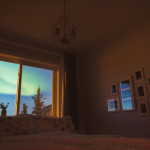
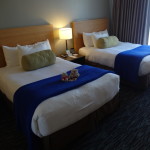
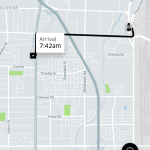
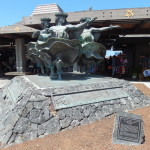
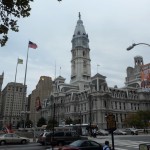




 Buy us a
Buy us a 

 OR
OR
